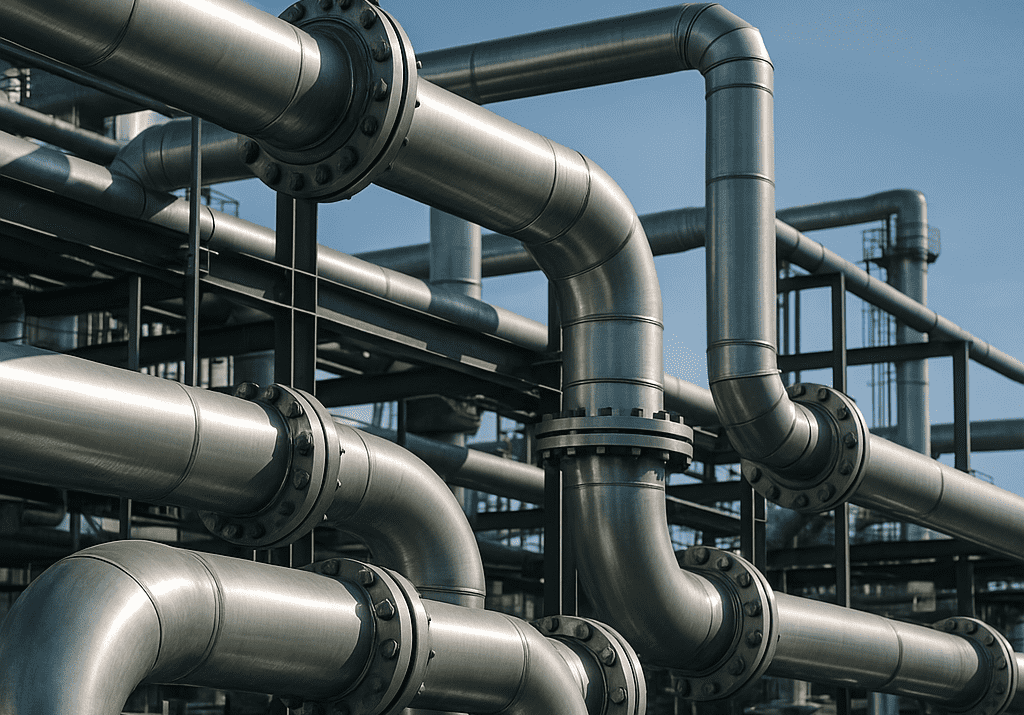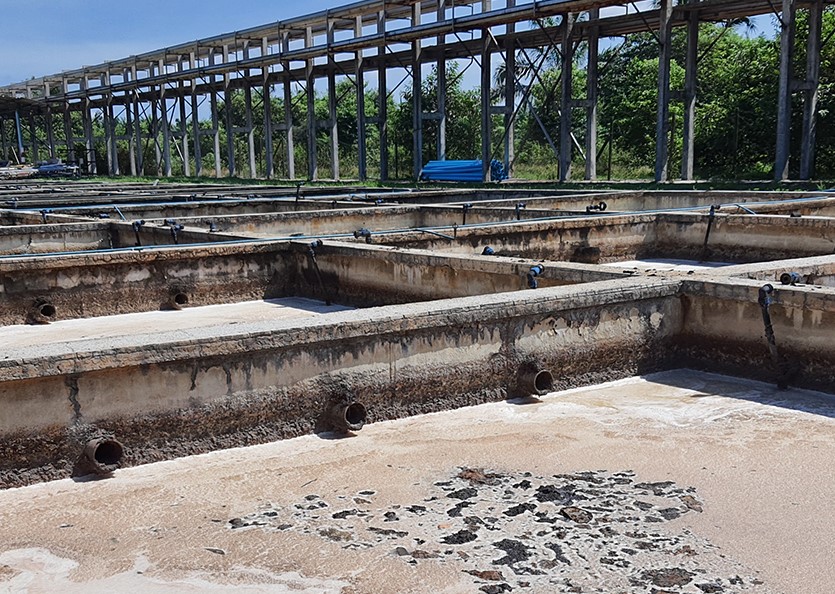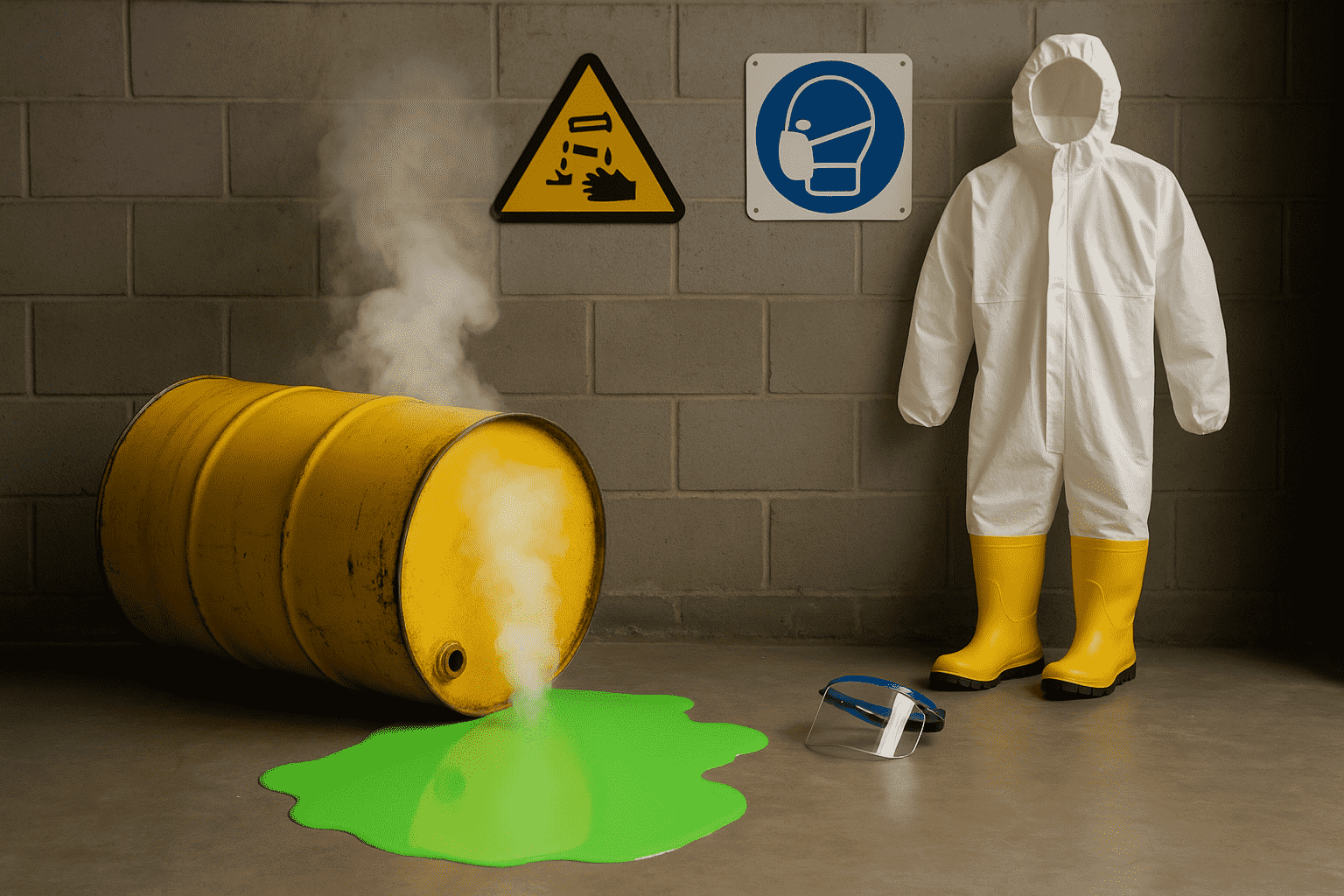Understanding Pipeline Failures: Causes, Risks, and Solutions

Pipeline systems are the backbone of an industry, transporting water, oil, gas, chemicals, and other critical materials across distances. Yet, beneath their utility lies a persistent challenge: leakages. Whether in chemical plants, refineries, water treatment facilities, or manufacturing units, pipeline leakages pose serious risks, from operational downtime and product loss to environmental damage and safety hazards. Despite their durability, pipelines are not immune to failure. Understanding why these leaks occur and how they can be effectively prevented is key to ensuring long-term system reliability, workplace safety, and environmental compliance.
Common Causes of Pipeline Leakages
Pipeline leakages can result from a wide range of mechanical, material, and operational issues. Identifying the root causes is the first step in minimizing the risk and impact of failures. Some of the most common reasons include:
- 1. Corrosion: Over time, both internal and external surfaces of pipelines can corrode due to chemical reactions with the materials being transported or exposure to moisture, soil, and air. Corrosion weakens the pipeline wall, eventually leading to pinholes or major ruptures.
- 3. Material Fatigue and Aging Infrastructure: Pipelines are often in continuous use for decades. With age, metal fatigue, wear and tear, their strength and reliability is compromised, increasing the likelihood of leaks.
- 3. Faulty Welding and Joints: Improper welding during installation or poor-quality joints between sections of piping are common leakage points. A small misalignments or defects in welding can compromise the pipeline’s integrity over time.
- 4. High Pressure and Flow Surges: Pipelines are designed for specific pressure ranges. Sudden spikes in flow or pressure—due to equipment failure, operational error, or water hammer effects—can exceed design limits, causing cracks or bursts.
- 5. Third-Party Damage: Accidental impacts from construction, excavation, or machinery operations near the pipeline route can physically damage the structure, leading to immediate or subsequent leaks.
Environmental Factors
Environmental conditions play a significant role in the long-term health and reliability of industrial pipeline systems. These external forces often act silently and steadily, contributing to material degradation, structural weakness, and eventually, leakage. Key environmental influences include:
- 1. Soil Conditions and Ground Movement: Underground pipelines are subject to shifting soil, erosion, and ground settling. In areas with unstable soil or frequent seismic activity, these movements can exert uneven stress on the pipeline, leading to cracks or joint separation over time.
- 2. Temperature Extremes: Exposure to extreme heat or cold causes expansion and contraction of pipeline materials. Repeated thermal cycling can lead to fatigue, weakening the pipeline and increasing the chance of leaks. In colder regions, freezing and thawing cycles can also impact buried pipelines.
- 3. Moisture and Humidity: Constant exposure to moisture—especially in coastal or humid environments—can accelerate external corrosion. If protective coatings degrade or are improperly applied, pipelines become more susceptible to rust and oxidation.
- 4. Biological Factors: In some regions, microbial activity can cause Microbiologically Influenced Corrosion (MIC), where bacteria contribute to pitting and material breakdown inside pipelines.
- 5. UV Radiation: Above-ground pipelines are constantly exposed to sunlight. Prolonged UV exposure can degrade protective coatings and insulation, exposing the metal surface to environmental wear and increasing the risk of leakage.
Prevent Pipeline Failures
Pipeline leakages can stem from many causes; regular maintenance is one of the most effective strategies to prevent failures. Proactive inspection, timely repairs, and systematic maintenance not only extend the lifespan of pipelines but also ensure operational safety and environmental compliance.
- 1. Early Detection of Weak Points: Routine inspections using tools like ultrasonic testing, pressure monitoring, and smart pigging can help detect thinning walls, micro-cracks, or corrosion long before they develop into leaks. Early detection enables early intervention and reduces the risk of unplanned shutdowns.
- 2. Corrosion Control Measures: Applying protective coatings, installing cathodic protection systems, and using corrosion inhibitors during regular maintenance helps prevent material degradation, especially in high-risk environments.
- 3. Pressure Testing and Flow Monitoring: Routine testing of pressure levels and monitoring flow consistency, can help identify anomalies that may indicate internal blockages, leaks, or pressure surges. Addressing these early can prevent pipeline ruptures.
- 4. Seal and Joint Checks: Regular checks of flanges, gaskets, valves, and joints help identify loose connections or deteriorating seals—common leakage points. Replacing or tightening these elements during maintenance can prevent small leaks from turning into major issues.
Pipeline leakages may seem like isolated incidents, but they are often symptoms of deeper structural, environmental, or operational issues. By understanding the common causes and recognizing the impact of external factors, industries can take proactive steps to safeguard their infrastructure. Through regular inspection and maintenance, pipeline failures can be anticipated and often prevented, long before they cause damage. In today’s demanding industrial environment, maintaining pipeline integrity goes beyond asset protection, it is a commitment to safety, environmental responsibility, and operational continuity.
Frequently Asked Questions(FAQs)
Q.1 How can communities monitor and reduce chemical pollution in their areas?
A. Communities can reduce chemical pollution by using low-cost sensors, reporting violations, organizing clean-ups, and raising awareness about prevention.
Q.2 What are the immediate steps that should be taken in response to a chemical spill?
A. Immediate steps in response to a chemical spill include evacuating the area, alerting emergency services, containing the spill if safe, using protective gear, and preventing the spread to water sources.





